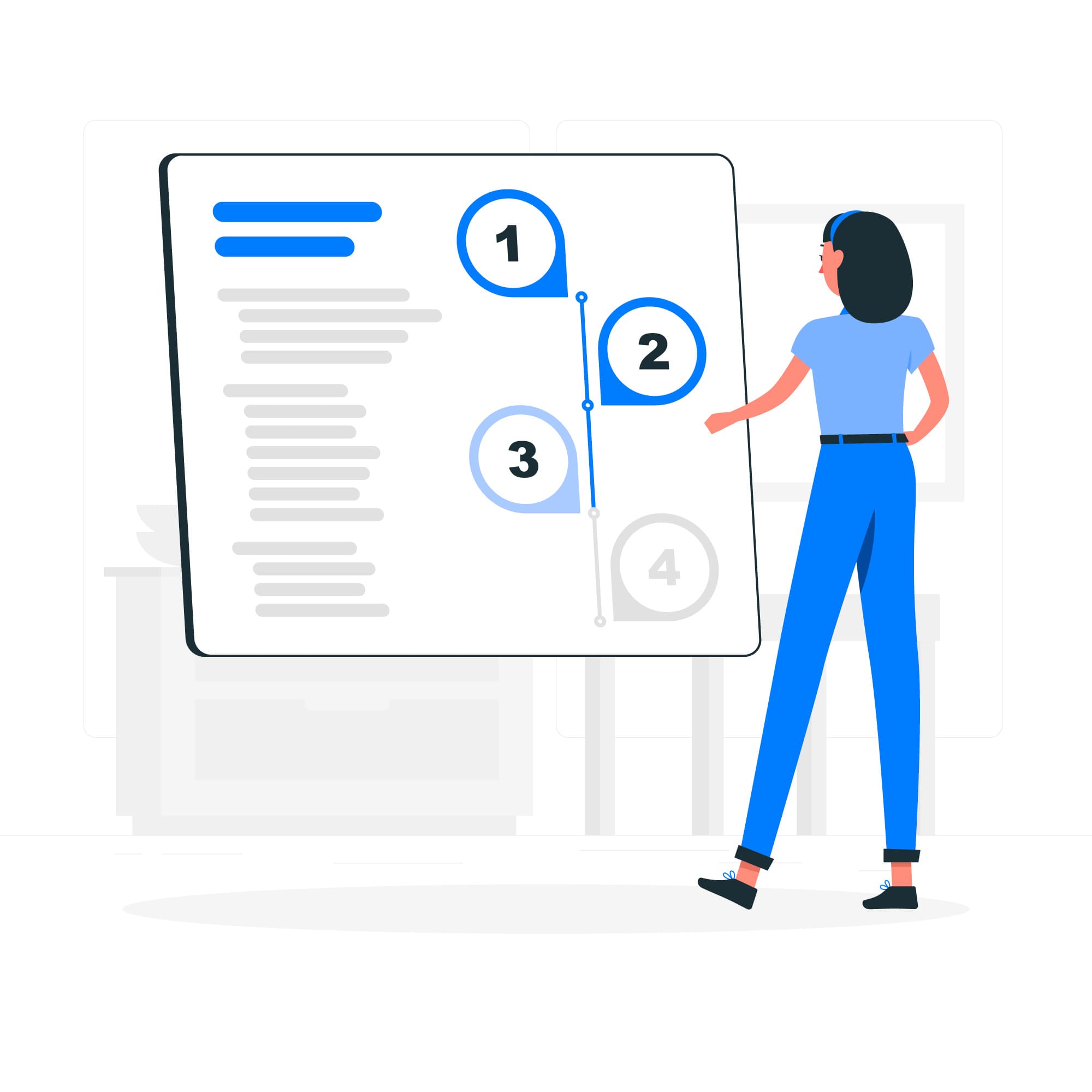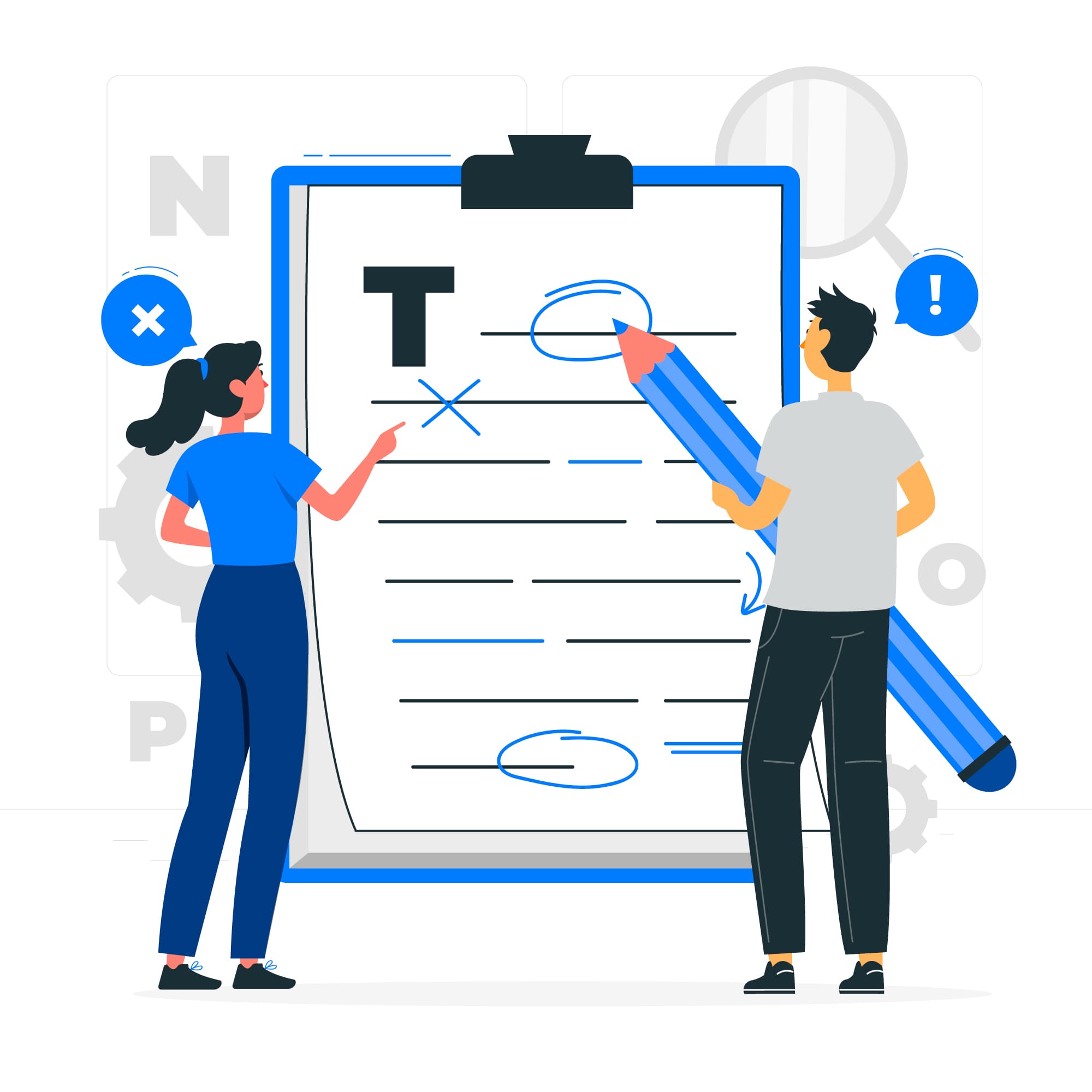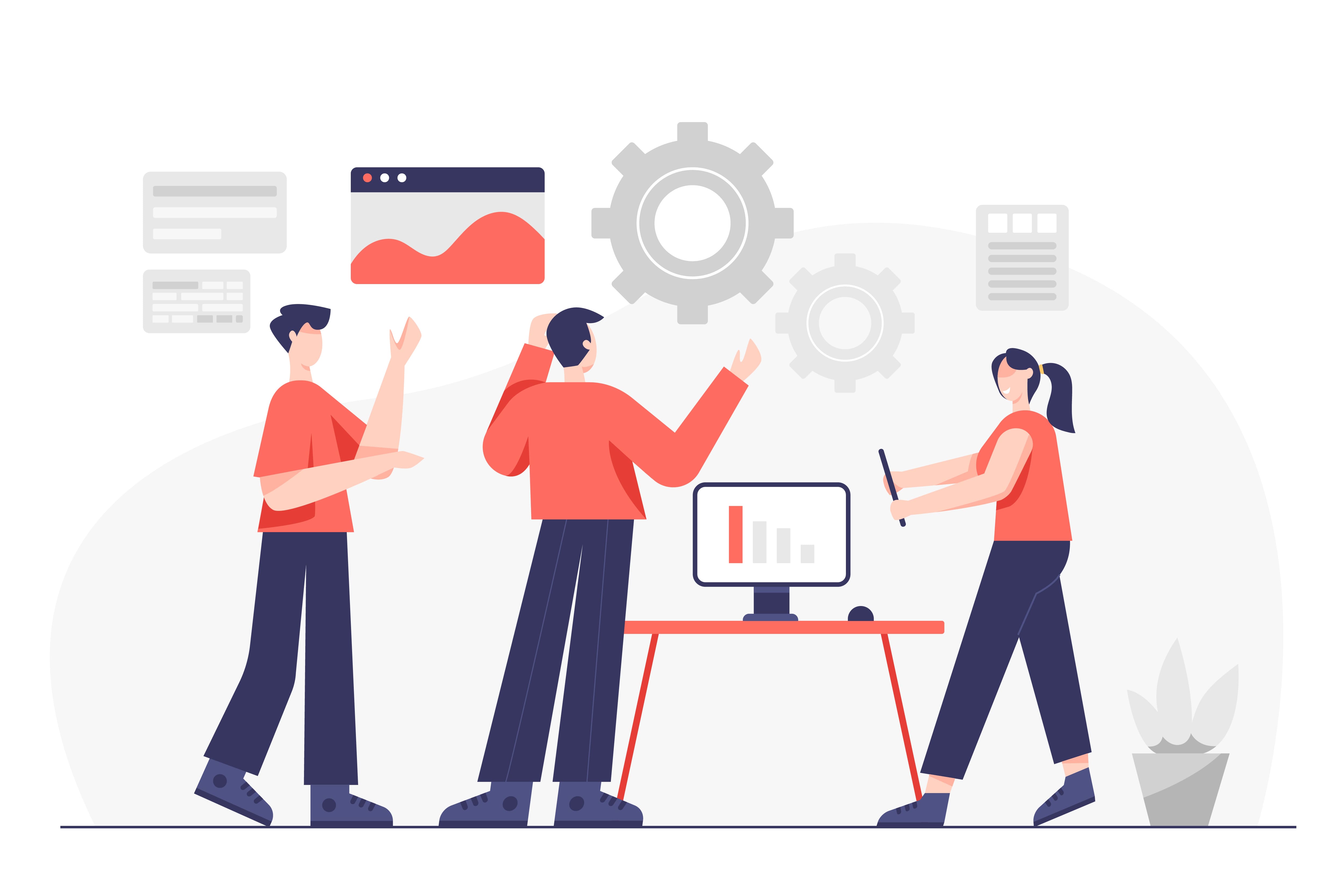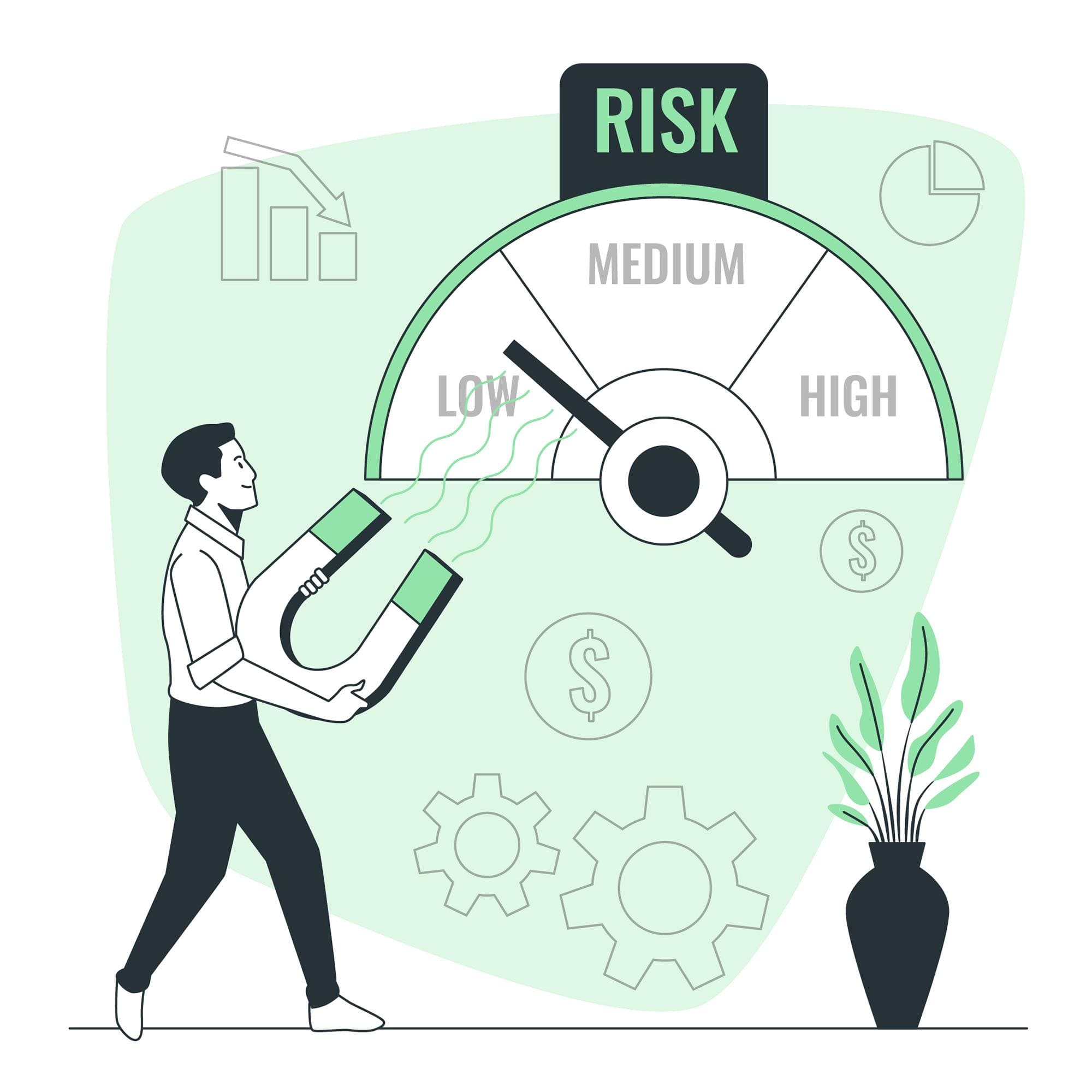Project Charter

A project charter is a document that formally authorizes the existence of a project, defines its objectives and scope, and establishes the initial requirements for the project. It serves as a key reference point throughout the project’s lifecycle and provides a foundation for project planning and execution.
The project charter is typically developed during the initiation phase of a project and is approved by key stakeholders, including the project sponsor or the organization’s management.
The significance of a project charter lies in its ability to establish a shared understanding among project stakeholders regarding the project’s purpose, objectives, and boundaries. It acts as a communication tool that aligns everyone involved and provides a clear direction for the project. The project charter also helps in managing expectations, facilitating decision-making, and providing a basis for evaluating the project’s success.
The key elements of a project charter
1. Project Description:
This section provides an overview of the project, including its purpose, background, and context. It explains why the project is necessary and how it aligns with the organization’s strategic goals.


2. Objectives:
The objectives section outlines the specific outcomes or results that the project aims to achieve. These objectives should be measurable, realistic, and aligned with the broader goals of the organization.
3. Scope:
The scope defines the boundaries of the project by specifying what is included and what is excluded. It clarifies the project’s limits, deliverables, and major milestones, helping to manage expectations and prevent scope creep.


4. Deliverables:
Deliverables are the tangible or intangible products, services, or results that the project will produce. This section lists the key deliverables and their associated requirements, which serve as a basis for project planning and monitoring.
5. High-Level Project Plan:
The high-level project plan provides an overview of the major phases, activities, and timelines of the project. It gives a sense of the project’s timeline and helps stakeholders understand the sequence of work and key milestones.


6. Stakeholders:
This section identifies the main stakeholders involved in the project, including their roles, responsibilities, and levels of authority. It ensures that the project team understands the key individuals or groups that have an interest in or influence over the project.
7. Assumptions and Constraints:
Assumptions are factors or conditions that are considered to be true but have not been proven or validated. Constraints are limitations or restrictions that may impact the project. Documenting these helps in understanding potential risks and dependencies.


8. Risks and Mitigation Strategies:
This section identifies the key risks associated with the project and outlines the strategies or actions that will be taken to mitigate or address those risks. It helps in proactively managing potential issues that could impact the project’s success.
9. Approval:
The project charter concludes with the signatures or formal approvals of the key stakeholders, indicating their agreement and support for the project.

Examples of project charter
1. Construction Project Charter:
Project Name: Office Building Construction
Project Description: The Office Building Construction project aims to construct a new office building to meet the growing demands of our organization. The building will provide modern facilities, a conducive work environment, and increased capacity to accommodate our expanding workforce.

Objectives:
- Construct a state-of-the-art office building within 12 months.
- Increase office capacity by 30% to accommodate 500 employees.
- Ensure compliance with local building codes and regulations.
- Create a sustainable and energy-efficient building.
Scope:
- Architectural design and engineering.
- Construction and procurement of materials.
- Installation of utilities and systems.
- Interior design and finishing.
Deliverables:
- Completed office building structure.
- Installed utilities, systems, and fixtures.
- Occupancy-ready office spaces.
- Compliance documentation.
High-Level Project Plan:
- Phase 1: Design and planning (3 months)
- Phase 2: Construction and procurement (8 months)
- Phase 3: Interior design and finishing (1 month)
Stakeholders:
- Project Sponsor: [Name]
- Project Manager: [Name]
- Construction Team: [Names]
- Facilities Department: [Names]
- Finance Department: [Names]
Assumptions and Constraints:
- Availability of necessary permits and approvals.
- Adherence to budget and timeline.
- Compliance with safety standards.
Risks and Mitigation Strategies:
- Risk: Delays due to inclement weather. Mitigation: Incorporate buffer time in the project schedule and establish contingency plans.
- Risk: Supply chain disruptions. Mitigation: Identify alternate suppliers and maintain open communication channels.
Approval: [Signatures of key stakeholders]

2. IT Project Charter:
Project Name: Cloud Migration and Infrastructure Upgrade
Project Description: The Cloud Migration and Infrastructure Upgrade project aims to migrate our existing IT infrastructure to a cloud-based platform. The project also involves upgrading hardware and software systems to enhance security, scalability, and performance.
Objectives:
- Successfully migrate the entire IT infrastructure to the cloud within six months.
- Improve system availability and reduce downtime by 20%.
- Enhance data security and disaster recovery capabilities.
- Optimize IT infrastructure for scalability and cost-efficiency.
Scope:
- Cloud service provider selection and contract negotiation.
- Infrastructure assessment and inventory.
- Migration planning and execution.
- Hardware and software upgrades.
Deliverables:
- Fully migrated and operational IT infrastructure on the cloud.
- Upgraded hardware and software systems.
- Improved security and disaster recovery measures.
- Documented migration plan and post-migration support procedures.
High-Level Project Plan:
- Phase 1: Cloud service provider selection and contract negotiation (1 month)
- Phase 2: Infrastructure assessment and inventory (2 weeks)
- Phase 3: Migration planning and execution (3 months)
- Phase 4: Hardware and software upgrades (2 weeks)
- Phase 5: Post-migration support and documentation (2 weeks)
Stakeholders:
- Project Sponsor: [Name]
- Project Manager: [Name]
- IT Department: [Names]
- Security Team: [Names]
- Operations Team: [Names]
Assumptions and Constraints:
- Adequate budget for cloud services and infrastructure upgrades.
- Availability of skilled IT personnel for migration and support.
- Minimal disruption to ongoing business operations during the migration process.
Risks and Mitigation Strategies:
- Risk: Data loss during the migration process. Mitigation: Conduct thorough data backups and implement robust migration testing procedures.
- Risk: Compatibility issues between legacy systems and cloud infrastructure. Mitigation: Perform thorough compatibility assessments and develop mitigation plans.
Approval: [Signatures of key stakeholders]
3. Marketing Project Charter:
Project Name: Product Launch Campaign
Project Description: The Product Launch Campaign project aims to introduce our new product line to the market and generate buzz among our target audience. Through strategic marketing initiatives, we aim to create awareness, generate leads, and drive sales for the new products.

Objectives:
- Successfully launch the new product line within three months.
- Increase brand awareness among the target audience by 25%.
- Generate 500 leads through marketing campaigns.
- Achieve a 15% conversion rate from leads to product purchases.
Scope:
- Market research and target audience analysis.
- Branding and messaging development.
- Marketing collateral creation.
- Multi-channel marketing campaign execution.
Deliverables:
- Branding assets, including logos and taglines.
- Marketing collateral, such as brochures, product videos, and website content.
- Executed marketing campaigns across various channels.
- Lead generation and conversion reports.
High-Level Project Plan:
- Phase 1: Market research and target audience analysis (2 weeks)
- Phase 2: Branding and messaging development (2 weeks)
- Phase 3: Marketing collateral creation (3 weeks)
- Phase 4: Marketing campaign execution (6 weeks)
Stakeholders:
- Project Sponsor: [Name]
- Project Manager: [Name]
- Marketing Team: [Names]
- Sales Team: [Names]
- Creative Agency: [Names]
Assumptions and Constraints:
- Adequate budget for marketing activities and campaigns.
- Availability of internal and external resources for content creation and execution.
- Compliance with marketing and advertising regulations.
Risks and Mitigation Strategies:
- Risk: Inaccurate target audience identification. Mitigation: Conduct thorough market research and refine target audience profiles.
- Risk: Insufficient engagement or response from the target audience. Mitigation: Continuously monitor campaign performance and adjust strategies as needed.
Approval: [Signatures of key stakeholders]

4. Training Project Charter:
Project Name: Employee Skills Development Program
Project Description: The Employee Skills Development Program aims to enhance the skills and capabilities of our workforce through targeted training initiatives. The project focuses on providing relevant training opportunities that align with individual and organizational development needs.
Objectives:
- Develop and implement a comprehensive training program within six months.
- Increase employee satisfaction and engagement through professional development opportunities.
- Enhance specific skills identified as critical for job roles and career progression.
- Measure the effectiveness of the training program through post-training assessments.
Scope:
- Training needs assessment and analysis.
- Training program development and curriculum design.
- Training delivery and facilitation.
- Evaluation and feedback collection.
Deliverables:
- Training needs assessment report.
- Training program curriculum and materials.
- Executed training sessions and workshops.
- Evaluation reports and post-training assessments.
High-Level Project Plan:
- Phase 1: Training needs assessment and analysis (4 weeks)
- Phase 2: Training program development and curriculum design (6 weeks)
- Phase 3: Training delivery and facilitation (12 weeks)
- Phase 4: Evaluation and feedback collection (2 weeks)
Stakeholders:
- Project Sponsor: [Name]
- Project Manager: [Name]
- Human Resources Department: [Names]
- Training and Development Team: [Names]
- Employees: [Names]
Assumptions and Constraints:
- Adequate budget for training program development and delivery.
- Availability of subject matter experts and trainers.
- Minimizing disruption to daily work activities during training sessions.
Risks and Mitigation Strategies:
- Risk: Lack of employee participation or engagement in the training program. Mitigation: Communicate the benefits and relevance of the training program to employees and actively seek their input during the needs assessment phase.
- Risk: Insufficient availability of trainers or training resources. Mitigation: Develop a contingency plan and identify alternate trainers or resources.
Approval: [Signatures of key stakeholders]
5. Event Management Project Charter:
Project Name: Annual Conference and Exhibition
Project Description: The Annual Conference and Exhibition project aims to organize and execute a large-scale industry event that brings together key stakeholders, industry experts, and exhibitors. The event serves as a platform for knowledge sharing, networking, and business opportunities.

Objectives:
- Plan and execute a successful conference and exhibition within nine months.
- Secure participation from at least 50 industry exhibitors.
- Attract a minimum of 500 attendees, including industry professionals and delegates.
- Facilitate valuable networking opportunities and business connections.
Scope:
- Venue selection and booking.
- Event branding and marketing.
- Program development and speaker management.
- Logistics and operations coordination.
Deliverables:
- Secured venue and event logistics arrangements.
- Event branding materials, including logos, banners, and signage.
- Developed conference program and speaker lineup.
- Successful execution of the event, including attendee and exhibitor management.
High-Level Project Plan:
- Phase 1: Venue selection and booking (1 month)
- Phase 2: Event branding and marketing (3 months)
- Phase 3: Program development and speaker management (4 months)
- Phase 4: Logistics and operations coordination (1 month)
Stakeholders:
- Project Sponsor: [Name]
- Project Manager: [Name]
- Event Management Team: [Names]
- Marketing and Communications Team: [Names]
- Exhibitors and Speakers: [Names]
Assumptions and Constraints:
- Adequate budget for venue, logistics, marketing, and operations.
- Availability of suitable event dates and venue options.
- Compliance with local regulations and safety protocols.
Risks and Mitigation Strategies:
- Risk: Insufficient exhibitor or attendee registrations. Mitigation: Develop targeted marketing strategies and establish partnerships with industry associations and organizations to increase visibility and participation.
- Risk: Technical or logistical issues during the event. Mitigation: Conduct thorough event rehearsals, contingency planning, and work closely with vendors and suppliers.
Approval: [Signatures of key stakeholders]